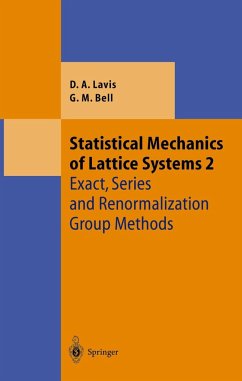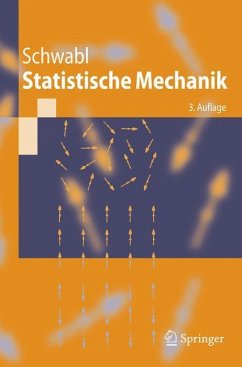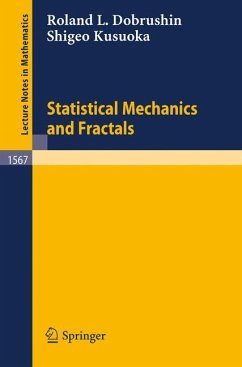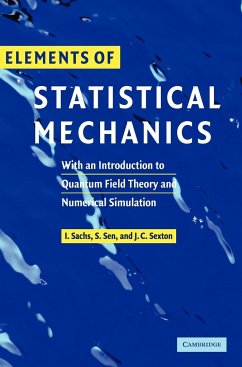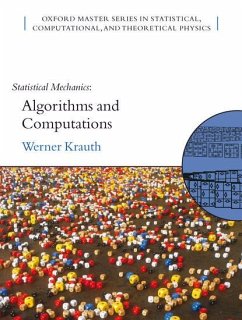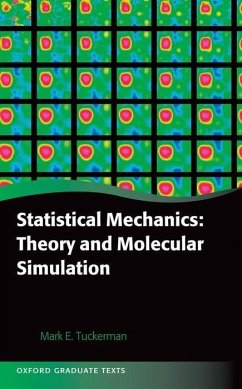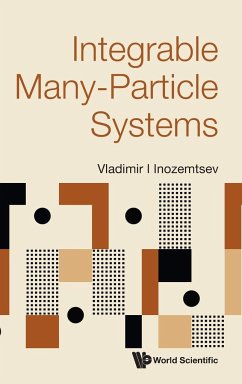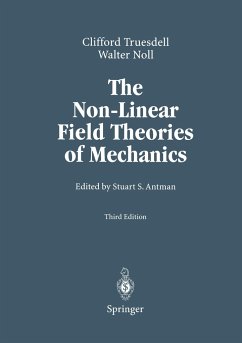
Elementary Lectures in Statistical Mechanics
Versandkostenfrei!
Versandfertig in 1-2 Wochen
38,99 €
inkl. MwSt.

PAYBACK Punkte
19 °P sammeln!
This textbook for graduates and advanced undergraduates in physics and physical chemistry covers the major areas of statistical mechanics and concludes with the level of current research. It begins with the fundamental ideas of averages and ensembles, focusing on classical systems described by continuous variables such as position and momentum, and using the ideal gas as an example. It then turns to quantum systems, beginning with diatomic molecules and working up through blackbody radiation and chemical equilibria. The discussion of equilibrium properties of systems of interacting particles includes such techniques as cluster expansions and distribution functions and uses non-ideal gases, liquids, and solutions. Dynamic behavior -- treated here more extensively than in other texts -- is discussed from the point of view of correlation functions. The text concludes with the problem of diffusion in a suspension of interacting hard spheres and what can be learned about such a system from scattered light. Intended for a one-semester course, the text includes several "asides" on topics usually omitted from introductory courses, as well as numerous exercises.
This volume is based on courses on Statistical Mechanics which I have taught for many years at the Worcester Polytechnic Institute. My objective is to treat classical statistical mechanics and its modem applications, especially interacting particles, correlation functions, and time-dependent phenomena. My development is based primarily on Gibbs's ensemble formulation. Elementary Lectures in Statistical Mechanics is meant as a (relatively sophis ticated) undergraduate or (relatively straightforward) graduate text for physics students. It should also be suitable as a graduate text for physical chemistry stu dents. Physicists may find my treatment of algebraic manipulation to be more explicit than some other volumes. In my experience some of our colleagues are perhaps a bit over-enthusiastic about the ability or tendency of our students to complete gaps in the derivations. I emphasize a cyclic development of major themes. I could have begun with a fully detailed formal treatment of ensemble mechanics, as found in Gibbs's volume, and then given material realizations. I instead interleave formal discussions with simple concrete models. The models illustrate the formal definitions. The approach here gives students a chance to identify fundamental principles and methods before getting buried in ancillary details.





